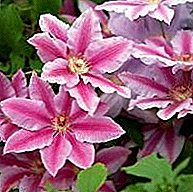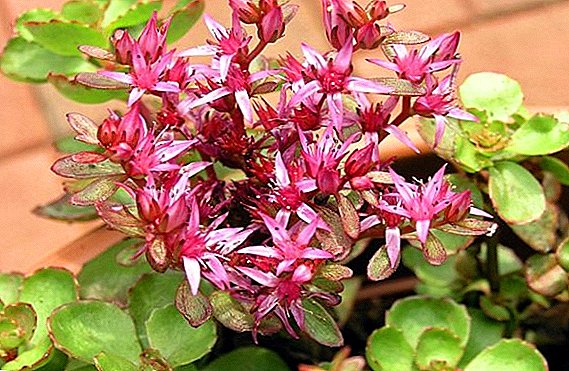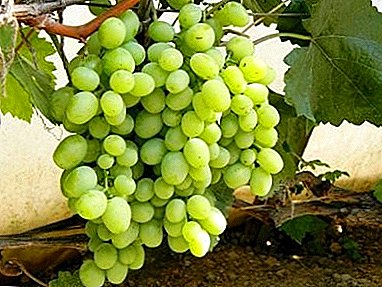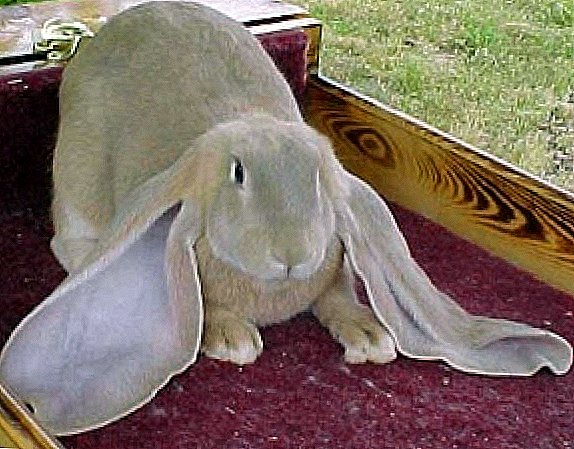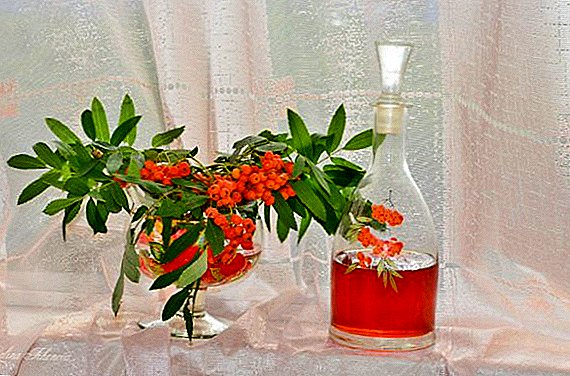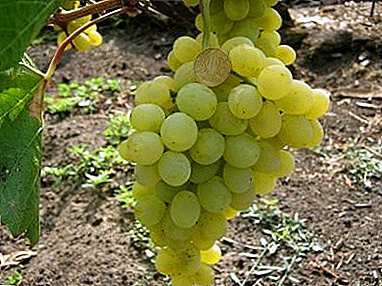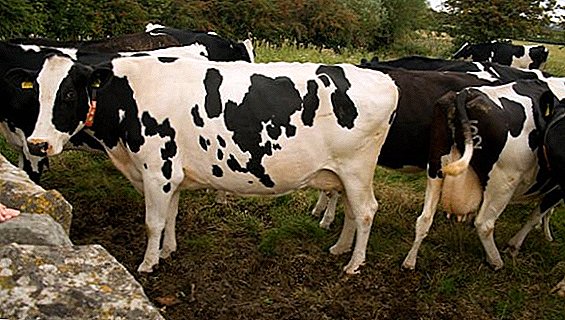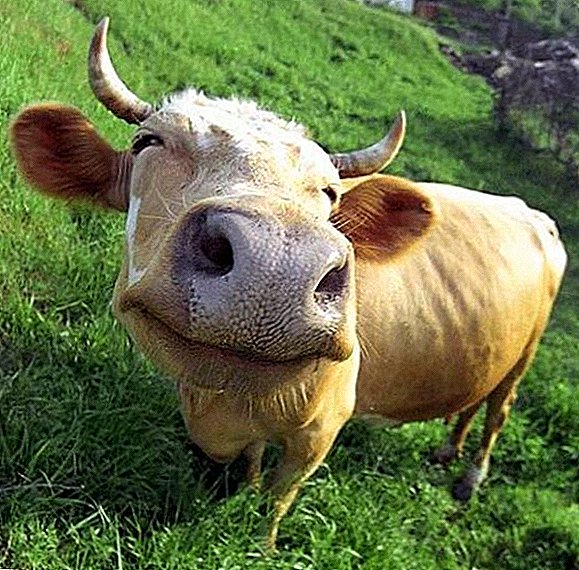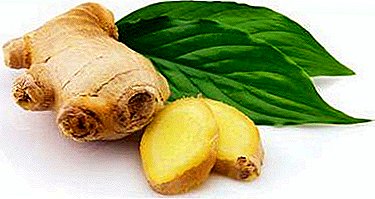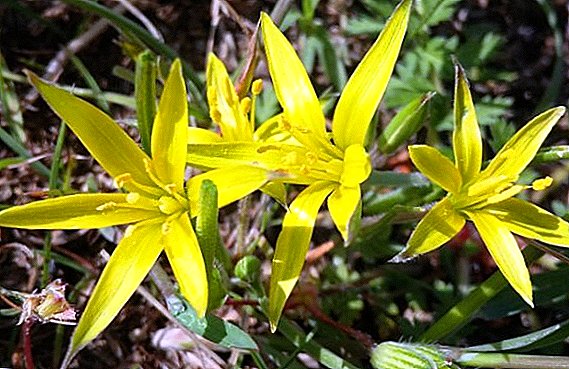 Goose bow - One of the first plants that delight the spring with its bright color, so many people want to see it in their garden or just in a flower bed. But, despite pickyness, it still requires proper planting, watering and care.
Goose bow - One of the first plants that delight the spring with its bright color, so many people want to see it in their garden or just in a flower bed. But, despite pickyness, it still requires proper planting, watering and care.
Short description
Goose bow - This is a perennial plant of the lily family. It has several names: bird onions, yellow snowdrops, yellow gageya, yellow flowers, viper onions, yellow bell.
Did you know? One of the names of the plant Gagea comes from the name of the famous 19th century botanist T. Gage.In order to distinguish it from other primroses, it is necessary to know the description of goose onions.
He has: one oval bulb with gray shells; bare stem up to 24 cm; radical leaf up to 1 cm wide, higher than inflorescence; the top sheet, sharp on the end, or linear, lanceolate; inflorescence is represented by yellow-green flowers in the form of an umbrella.  Flowers on 1 inflorescence can be up to 16 pieces, the bottom side is green, the top one is yellow, the perianth sheets are pointed, broad-leaved, up to 1.5 cm long, with stamens, anthers and ovary inside. The goose-onion fruit is a small box with three faces.
Flowers on 1 inflorescence can be up to 16 pieces, the bottom side is green, the top one is yellow, the perianth sheets are pointed, broad-leaved, up to 1.5 cm long, with stamens, anthers and ovary inside. The goose-onion fruit is a small box with three faces.
The lily family includes lilies. Read the description of the varieties and types of this flower.It grows on the territory of Eurasia and a little North Africa. Pollination and distribution of seeds occurs with the help of insects. But they can multiply and the appearance of daughter bulbs. Use goose onions can be both in traditional medicine and in cooking, or cosmetology.
Location selection
Yellow snowdrop grows as a "wild" plant, and as an ornamental. You can meet him in the bushes, on the outskirts of fields, meadows, rocky terrain, ravines, along rivers and roads, in deciduous forests, parks and gardens.
Important! If you do not stop the spread of goose onions, it can turn into an annoying weed.Favorable soil for this plant will be fresh, loose, with sufficient amount of humus and a normal water balance, which will not retain water.
 Soil acid should be moderate. An excellent option is to plant in places where there is grass for the lawn. Since it is not fastidious in the care, from it you can make a flower bed, or plant along the curb. When humus soil with sufficient lighting, it can grow almost anywhere.
Soil acid should be moderate. An excellent option is to plant in places where there is grass for the lawn. Since it is not fastidious in the care, from it you can make a flower bed, or plant along the curb. When humus soil with sufficient lighting, it can grow almost anywhere.Planting bulbs
It breeds yellow goose onions with the help of bulbs and seeds. The first produce daughter bulbs, they germinate in the third year after formation, in the following years they produce particularly large offspring, but after the sixth they can only be distributed by seed. It is worth sharing a nest of daughter bulbs only after leaves wilted.
Did you know? On the yellow snowdrop you can determine when it will rain. His sheets are closed for 1-2 hours before the onset of rain.Before planting the bulbs, it is advisable to soak in a solution of potassium permanganate, then dry, place in a pot or box and store in a cool, darkened place. Thus, by the time they disembark, they will be in a "dormant" state.
 Bury bulbs should not be deep for a distance of 2-3 cm, the space between plants should not be less than 10-15 cm. Planting should be carried out in the fall, preferably in September.
Bury bulbs should not be deep for a distance of 2-3 cm, the space between plants should not be less than 10-15 cm. Planting should be carried out in the fall, preferably in September.You will be interested to know the agrotechnology of growing such types of onions: family, Indian, batun, slizuna, shnitta, leek.
Care Tips
Since this plant grows as a “wild” plant, planting and caring for goose onions does not require much effort, but there are still some rules to follow:
- Moderate watering. The plant is moisture-loving, but excessively moist soil can lead to rotting of the flower. Therefore, you need to water regularly, but with a small amount of water, and use the soil that does not hold it.
- Transfer. It is possible to replant a plant in any period, even during flowering. But at the same time it is necessary to cut the flowers so that the plant does not spend strength on the formation of the box, but “focuses” on taking root in a new place.
- Amount. Many flowers planted next to each other, can lead to the fact that the goose bow turns into a weed, which will be very difficult to get rid of.
 When landing in the right place and following these tips goose onions will bloom for many years.
When landing in the right place and following these tips goose onions will bloom for many years.When and how to bloom
The second name of the goose onions, namely the yellow snowdrop, he received from the period of early flowering.
Important! Flowering begins in April and lasts until May-June, then the fruits in the form of bolls and seeds in them ripen.The inflorescence is represented by small yellow flowers from 2 to 16 pieces on the plant. Perianth consists of 6 colored leaves, which create 2 circles. By the middle, they are more yellow, greenish at the edges, flowers 2-4 cm in size.
 Inside there are 6 stamens and stigma. Between the stamens and leaves stands out nectar, which attracts insects.
Inside there are 6 stamens and stigma. Between the stamens and leaves stands out nectar, which attracts insects.Combination with other plants
Since this plant is used as an element of decoration in flowerbeds, summer cottages and ordinary plantings, it is necessary that it be in harmony with other types of plants. When grown, primroses go well with spicy herbs, decorative leafy plants and cereals.  Goose onions are not picky in care, therefore it is perfectly combined with any ornamental plants. The main thing is that they do not shade it and do not hold water in the ground.
Goose onions are not picky in care, therefore it is perfectly combined with any ornamental plants. The main thing is that they do not shade it and do not hold water in the ground.
Yellow snowdrop can even be planted in a container to other colors, it does not take up much space and at the same time perfectly complements the flower arrangement.
Do I need to dig up the bulbs for the winter
One of the common questions that gardeners are often interested in is whether to dig it out for the winter? Goose onions tolerate winter well, so you don’t need to dig a bulb!
Find out when snowdrops grow and how to grow flowers in the garden.In case of severe frosts, in order to protect the plant from freezing, it should simply be covered with spruce leaves, compost, a layer of peat or simply dry leaves.
Thus, choosing the right place, adhering to care tips and not putting a lot of effort, you can grow one of the brightest primroses in yourself - the yellow snowdrop.


